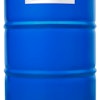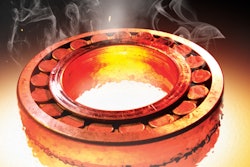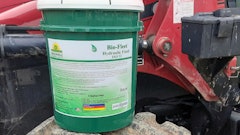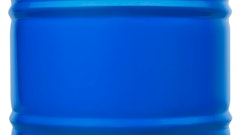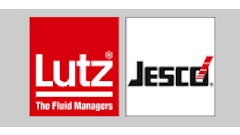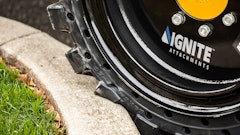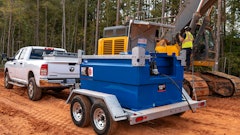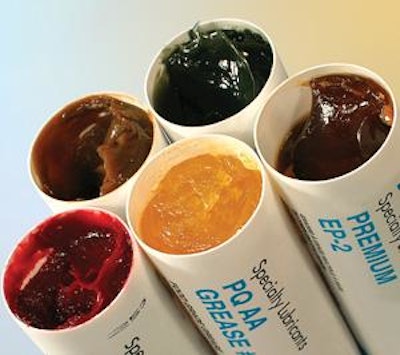
Article originally published on Noria.com.
In short, there is really no difference between automotive and industrial greases. Grease selection will depend on the desired application and performance.
In regards to grease and its application, there are critical elements used in the formulation process that must be considered. These elements include the thickener type and concentration, lubricant type, viscosity and additive package. Greases are rated by the National Lubricating Grease Institute (NLGI) and range from 000 through 6. An NLGI 2 grade is typically the specification used in automotive greases.
One of the only differences between industrial and automotive greases is that a two-letter designation is often used in the automotive industry to specify the type of grease to employ. For example, greases may be rated as GC or LB. GC is recommended for axle and wheel bearing grease, while LB is the industry standard for chassis grease used on tie-rod ends, ball joints, U-joints and control-arm shafts.
(more on choosing between industrial and automotive greases...)

